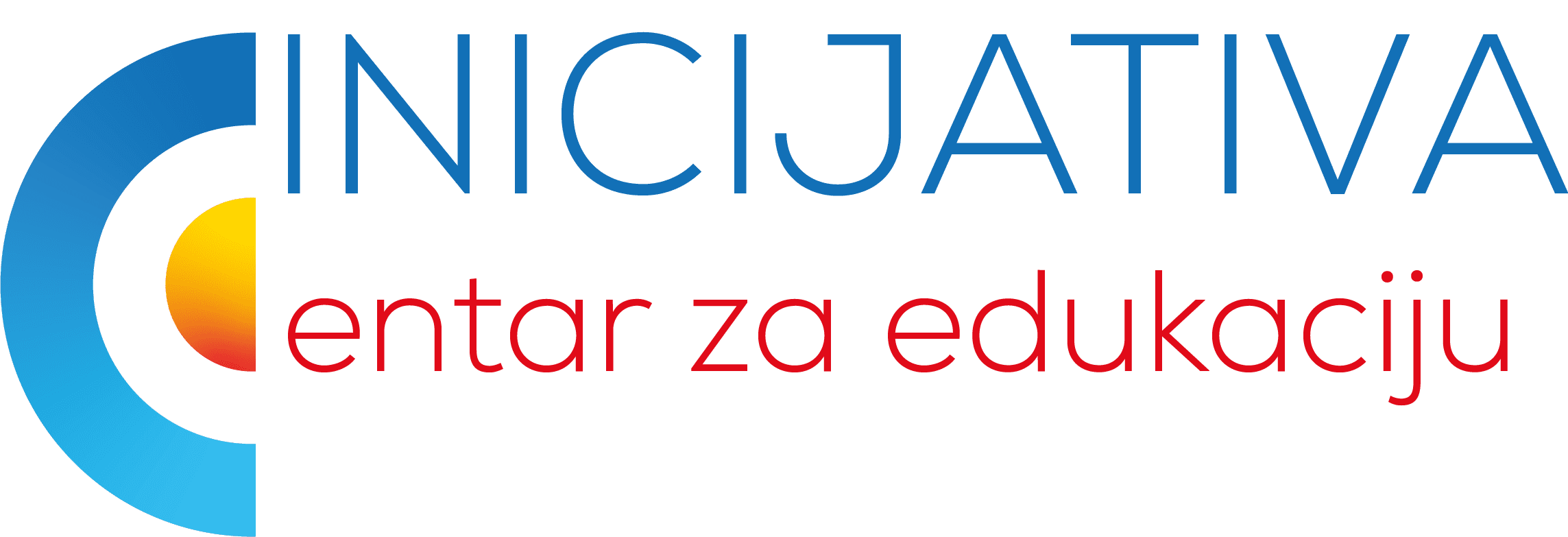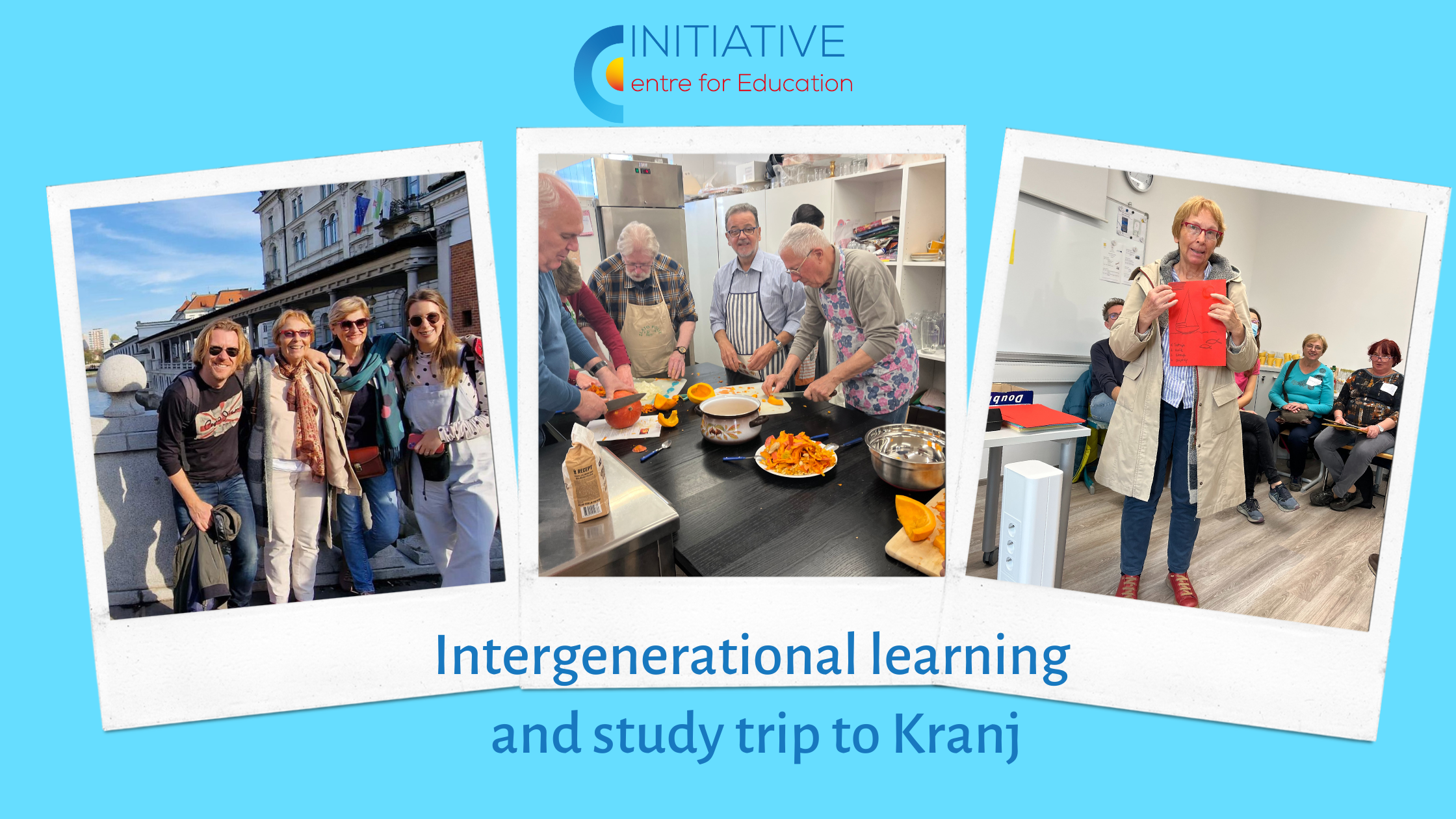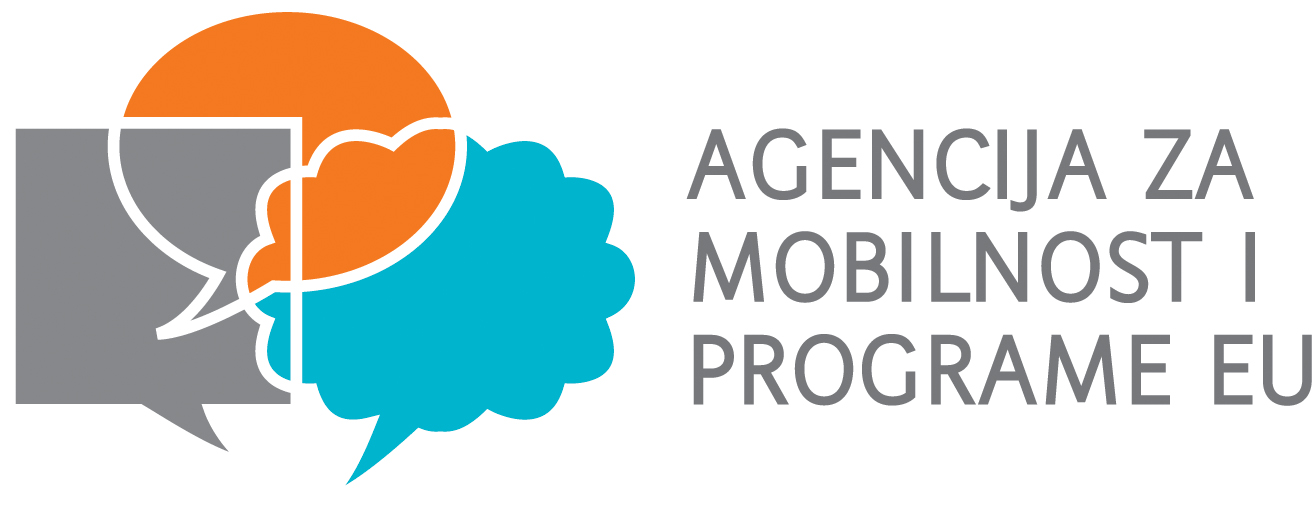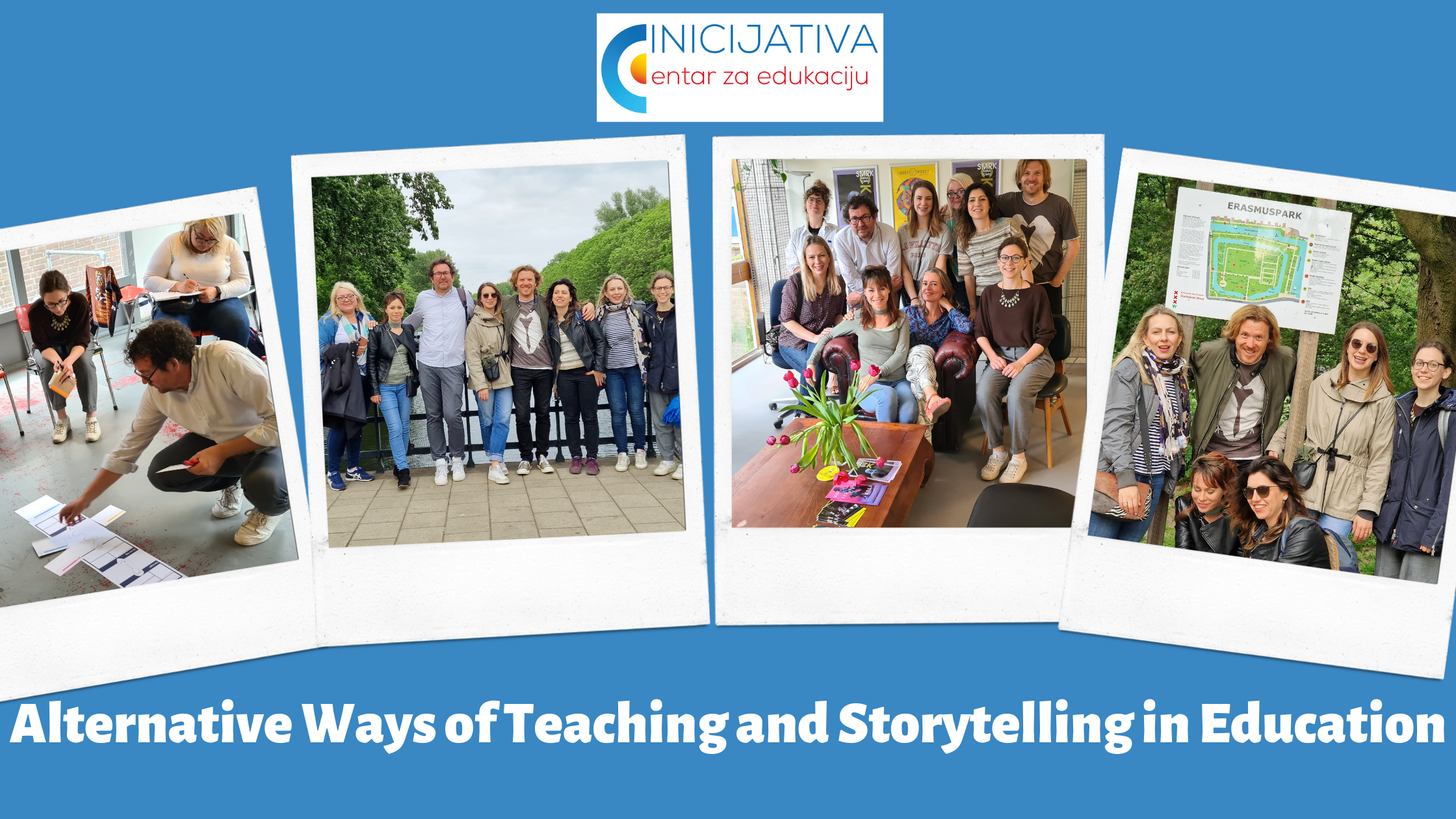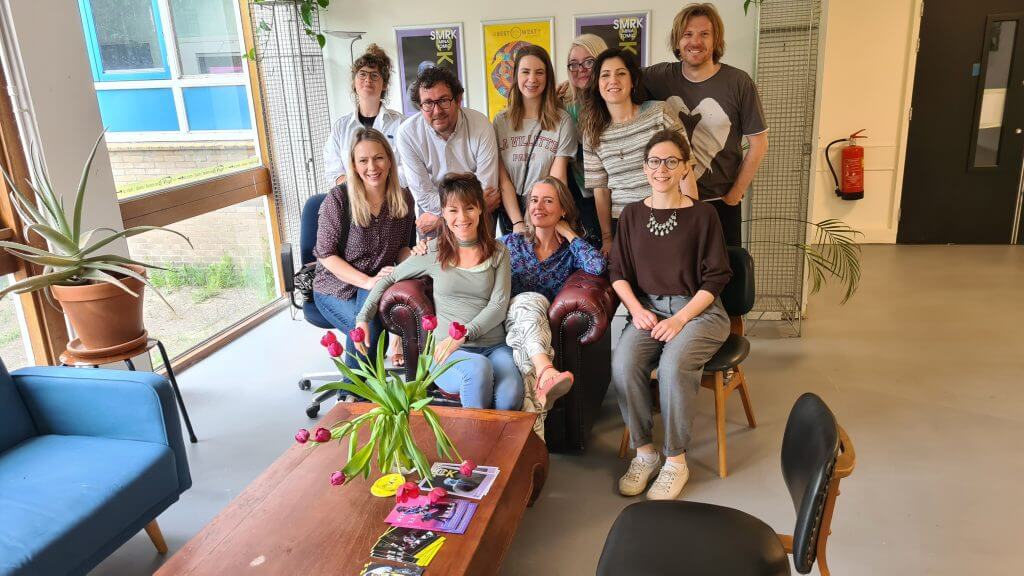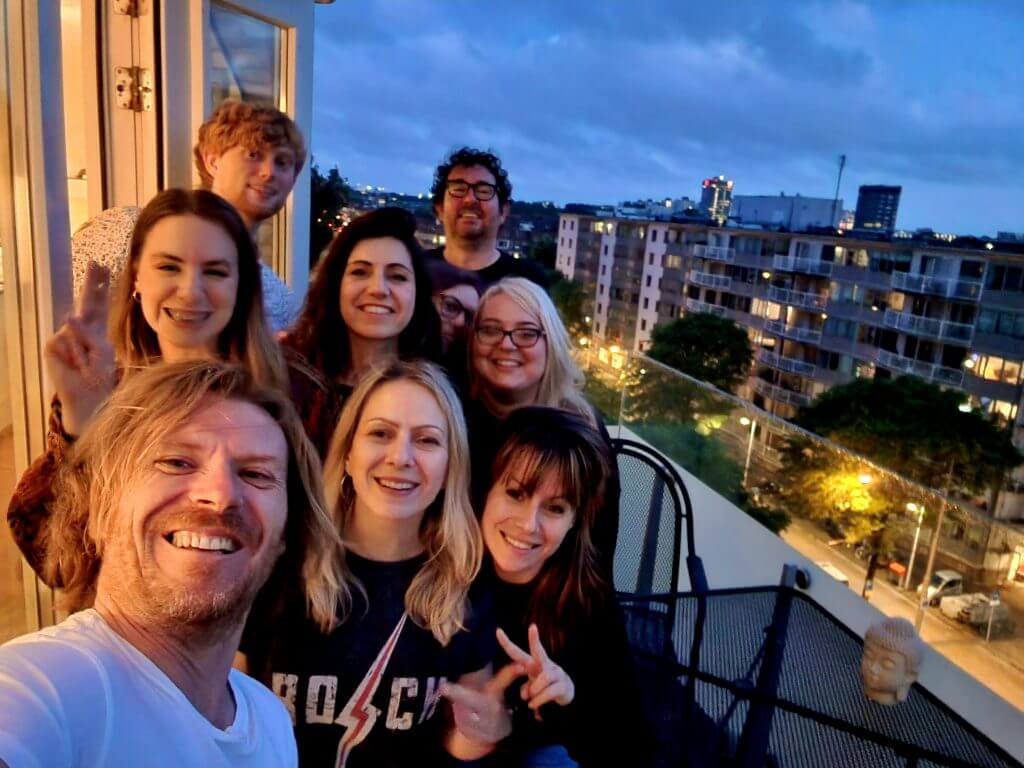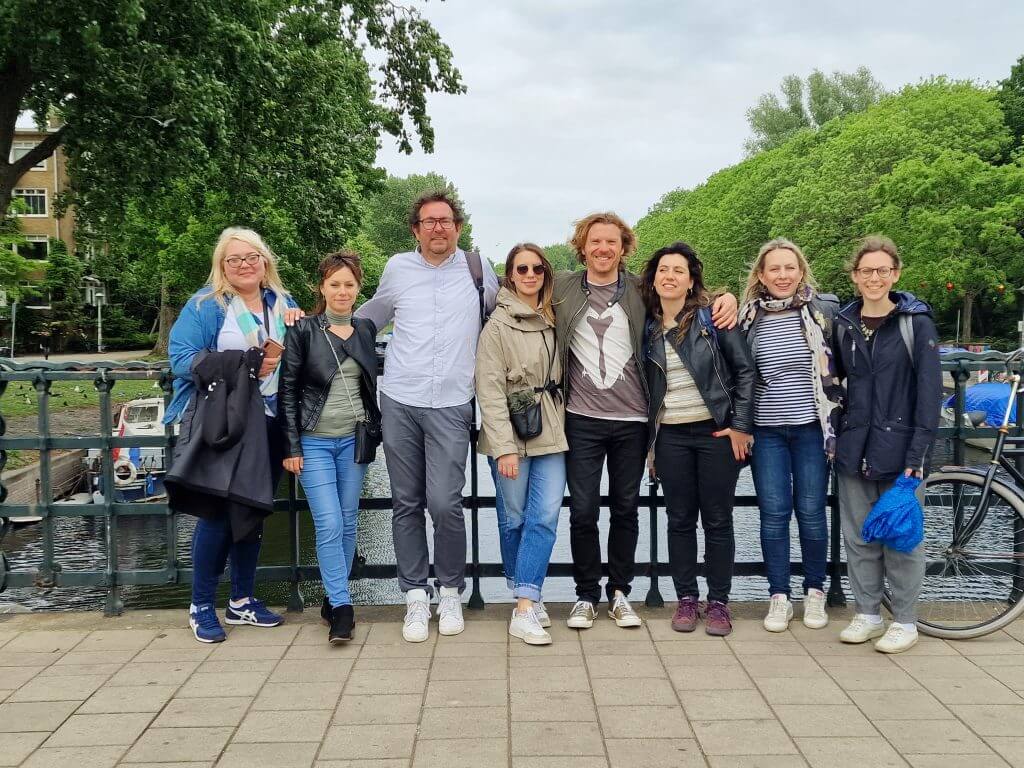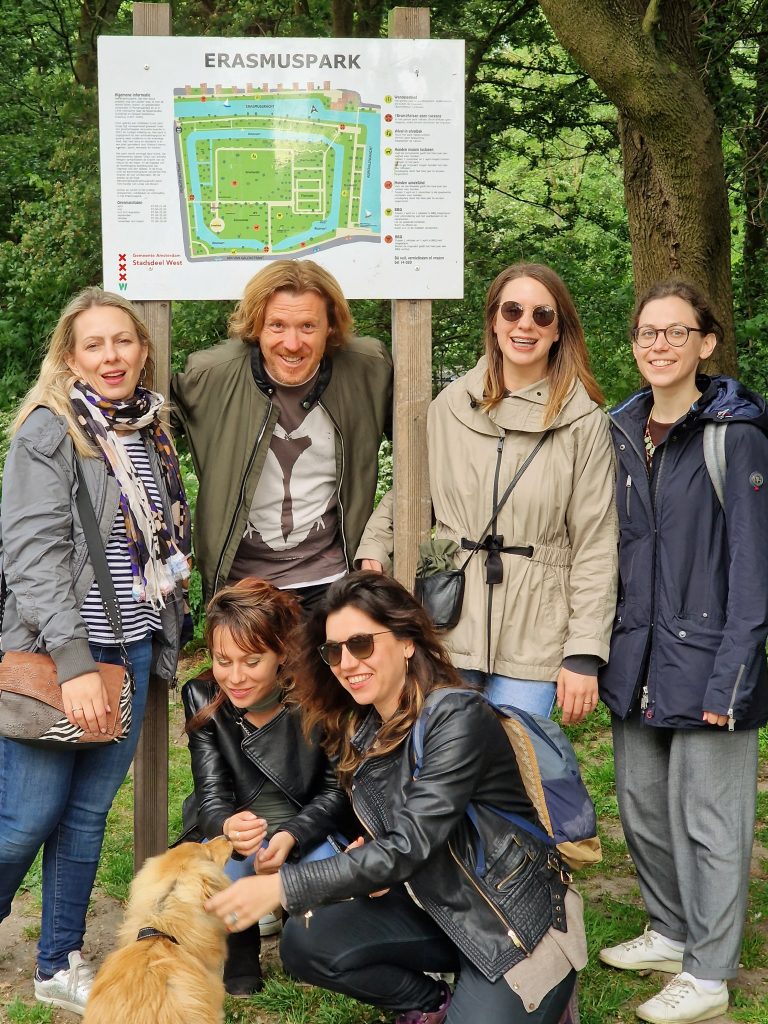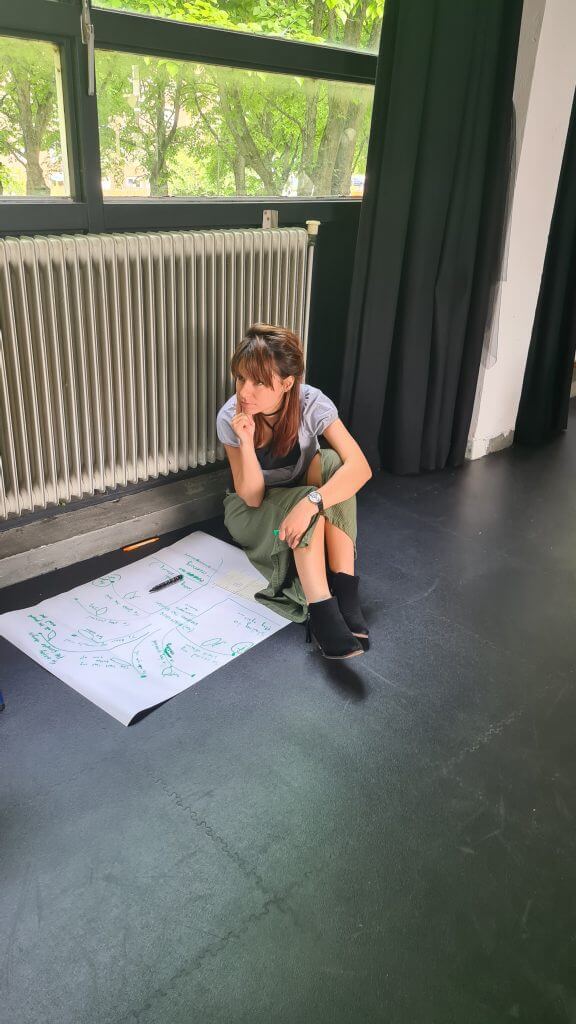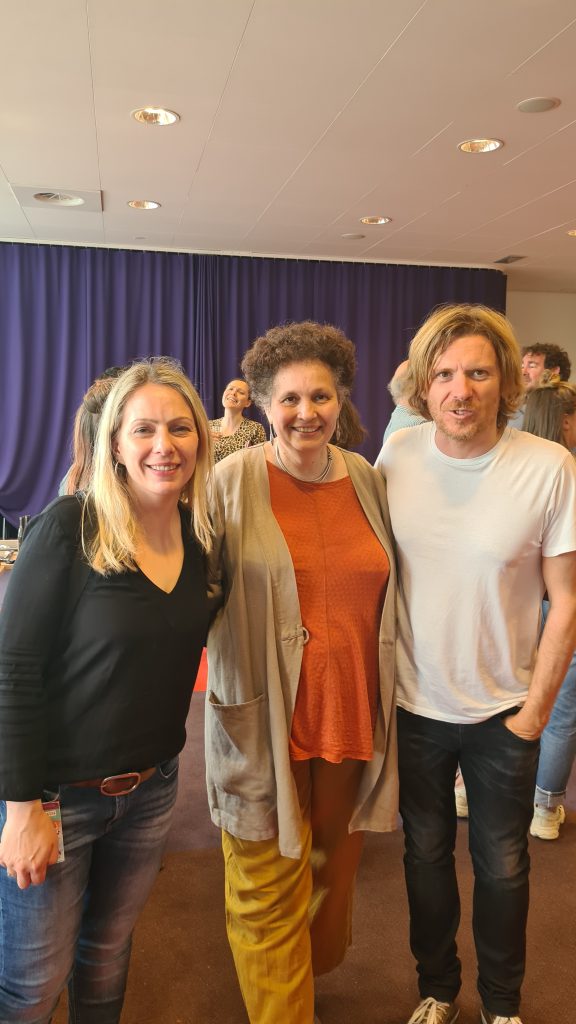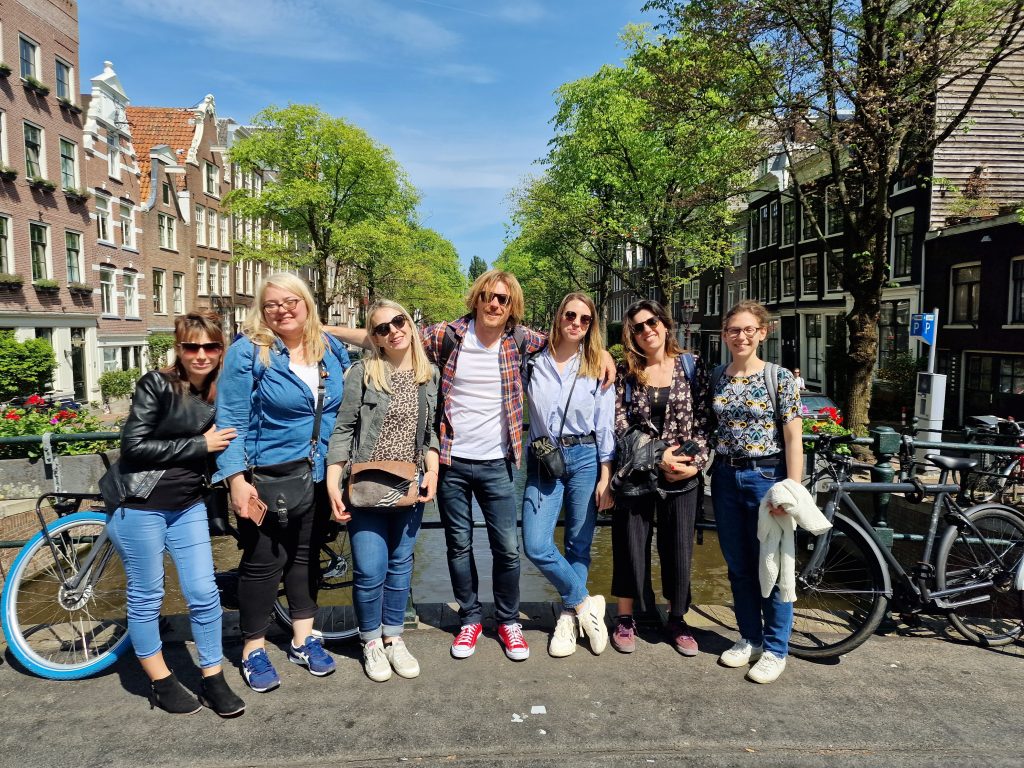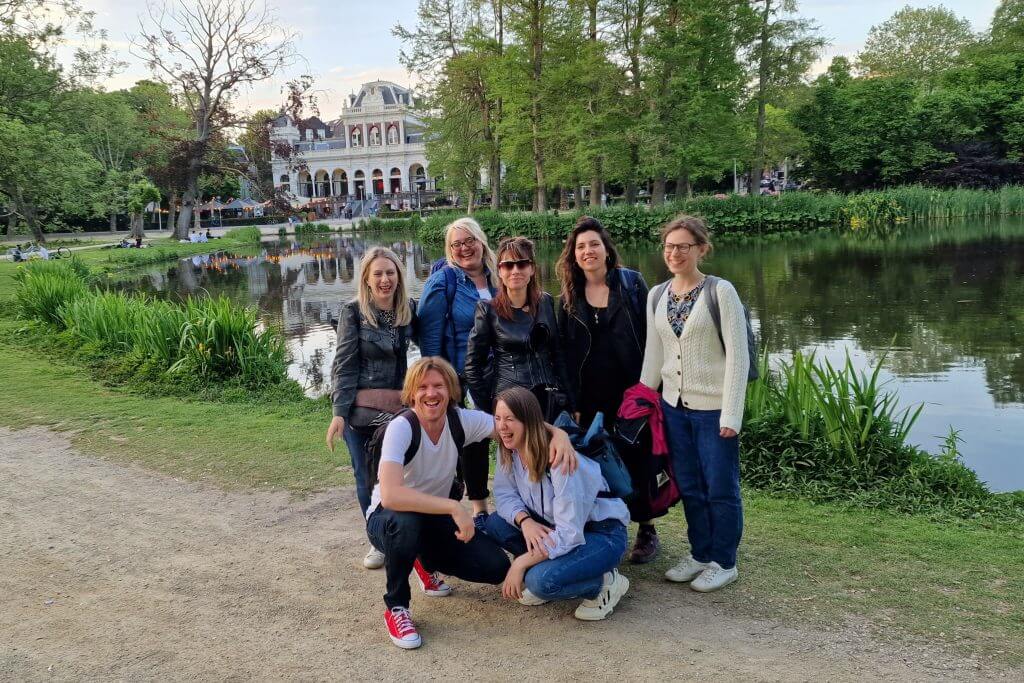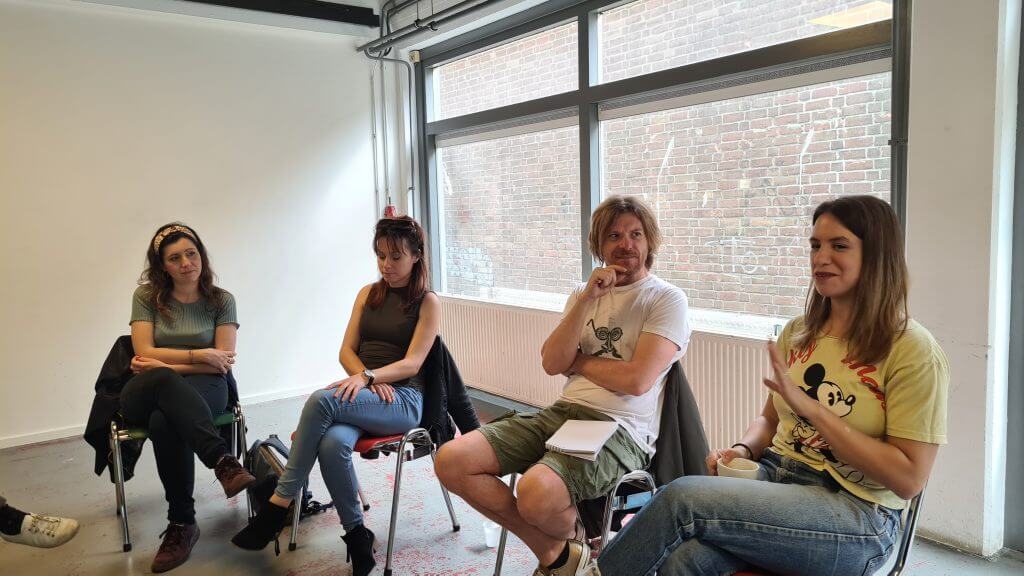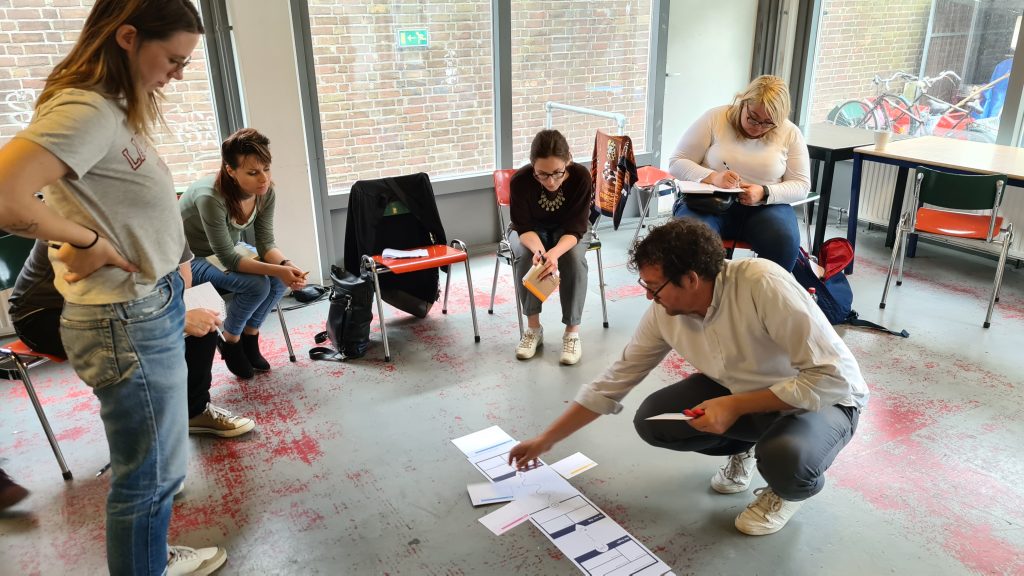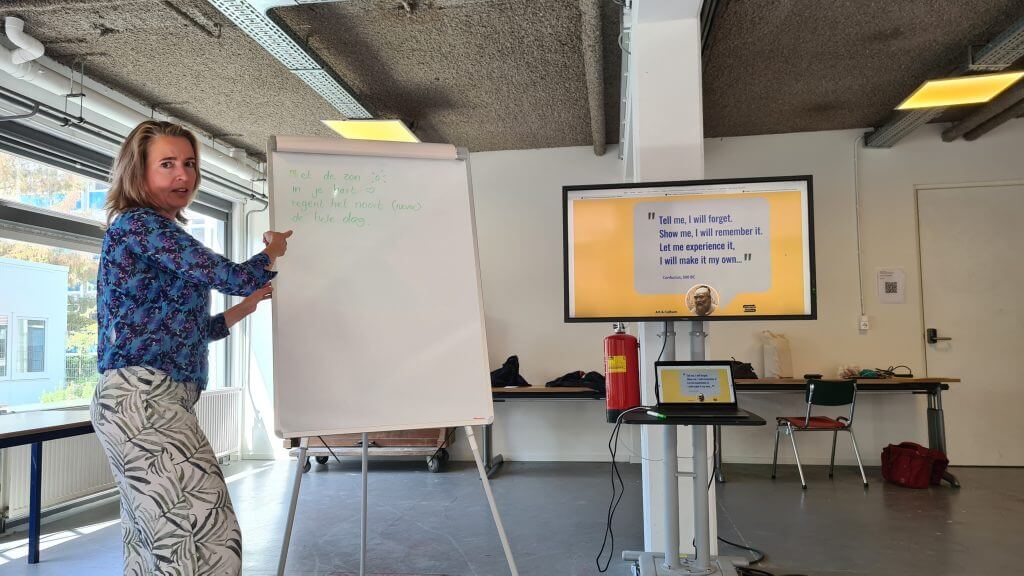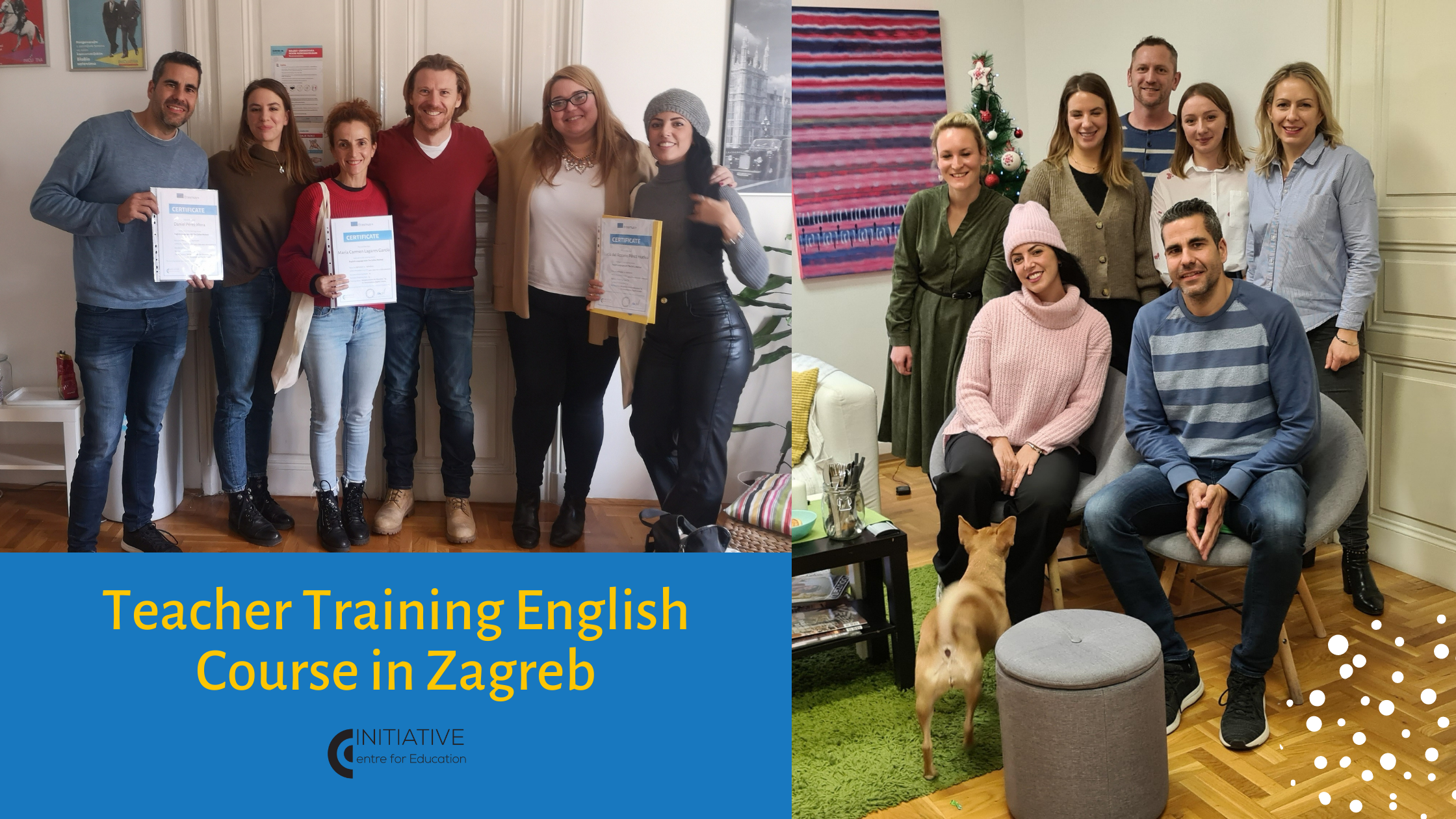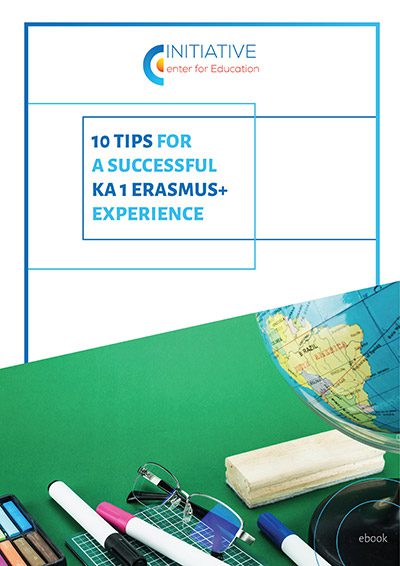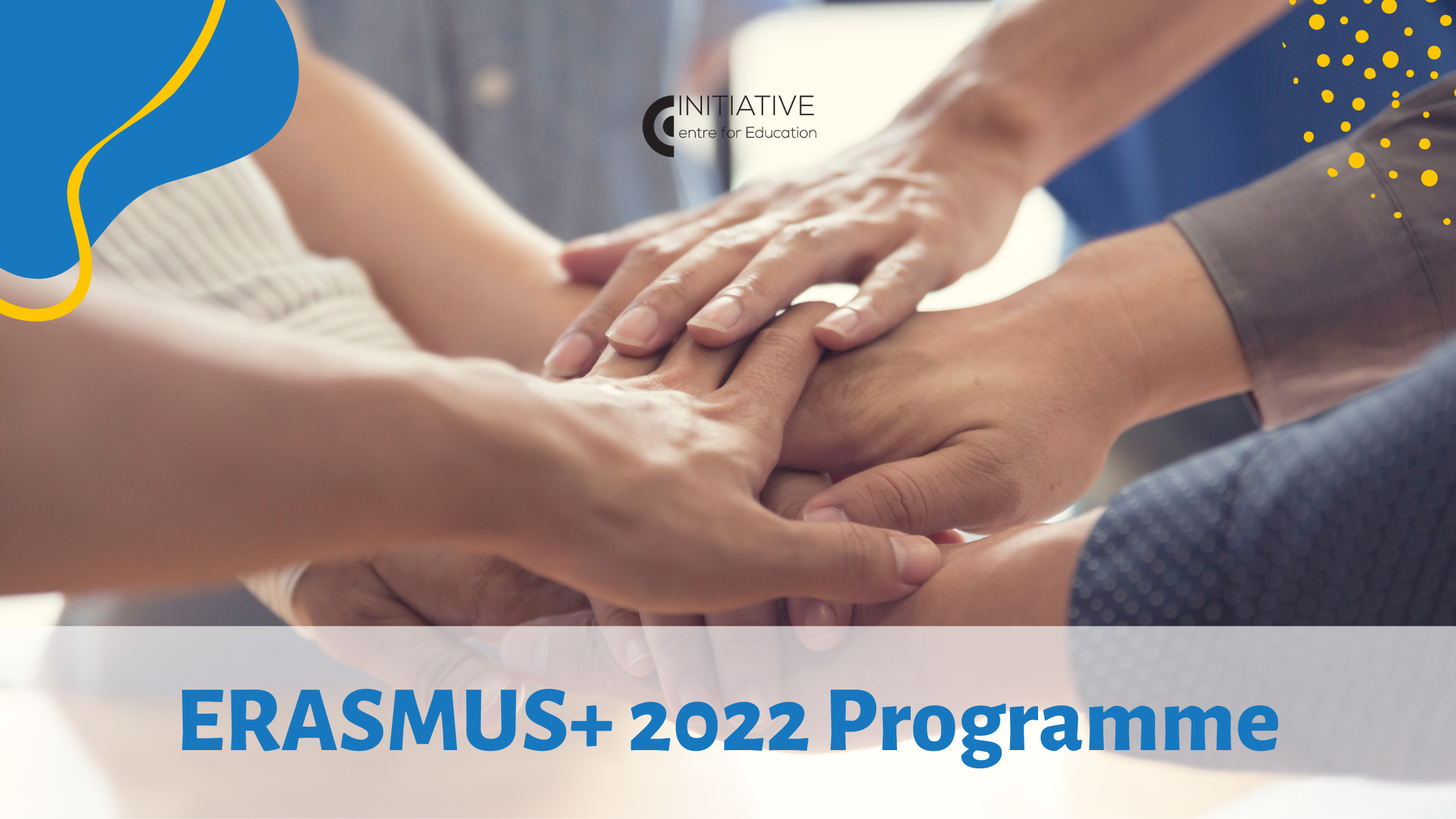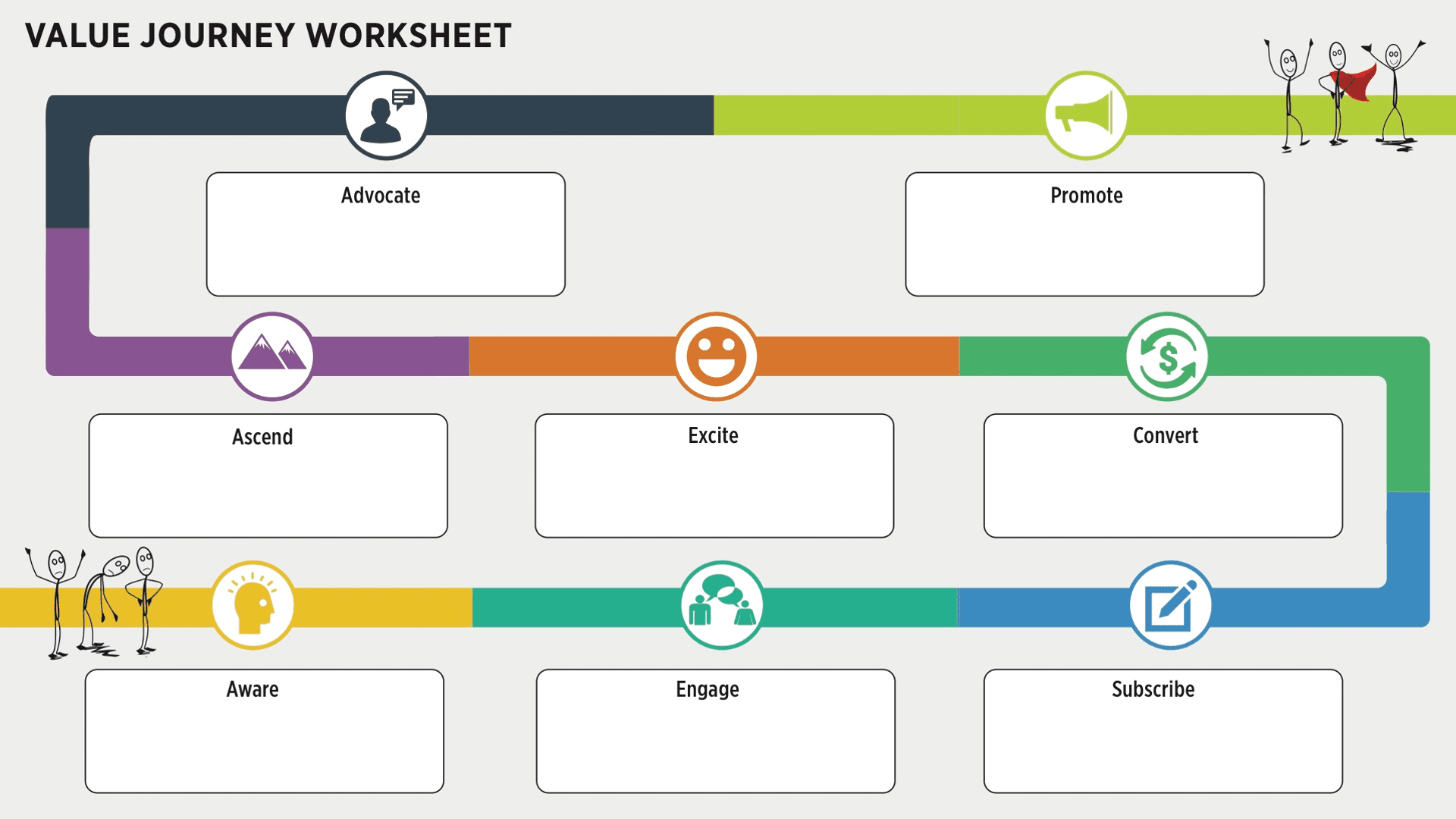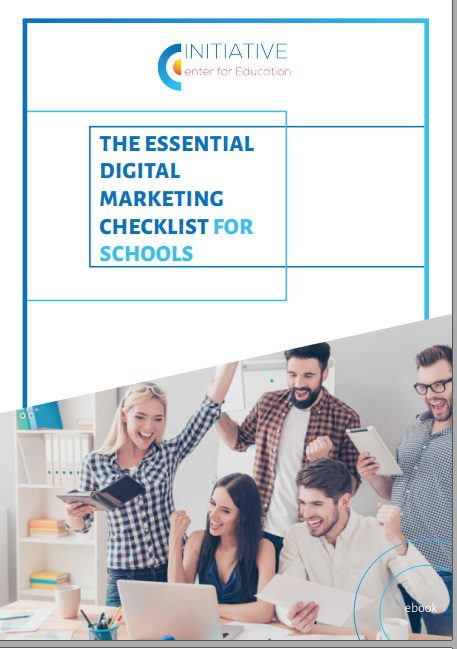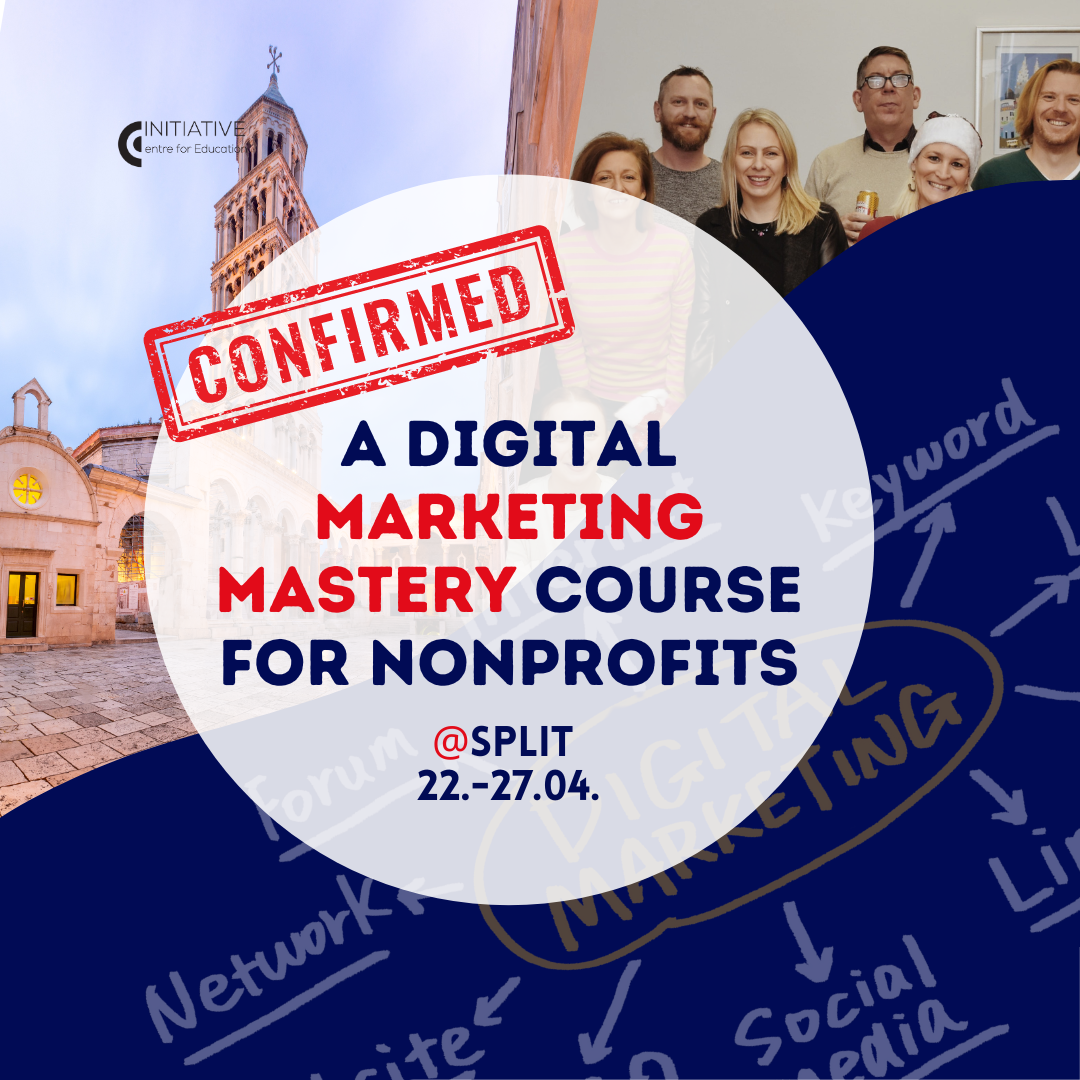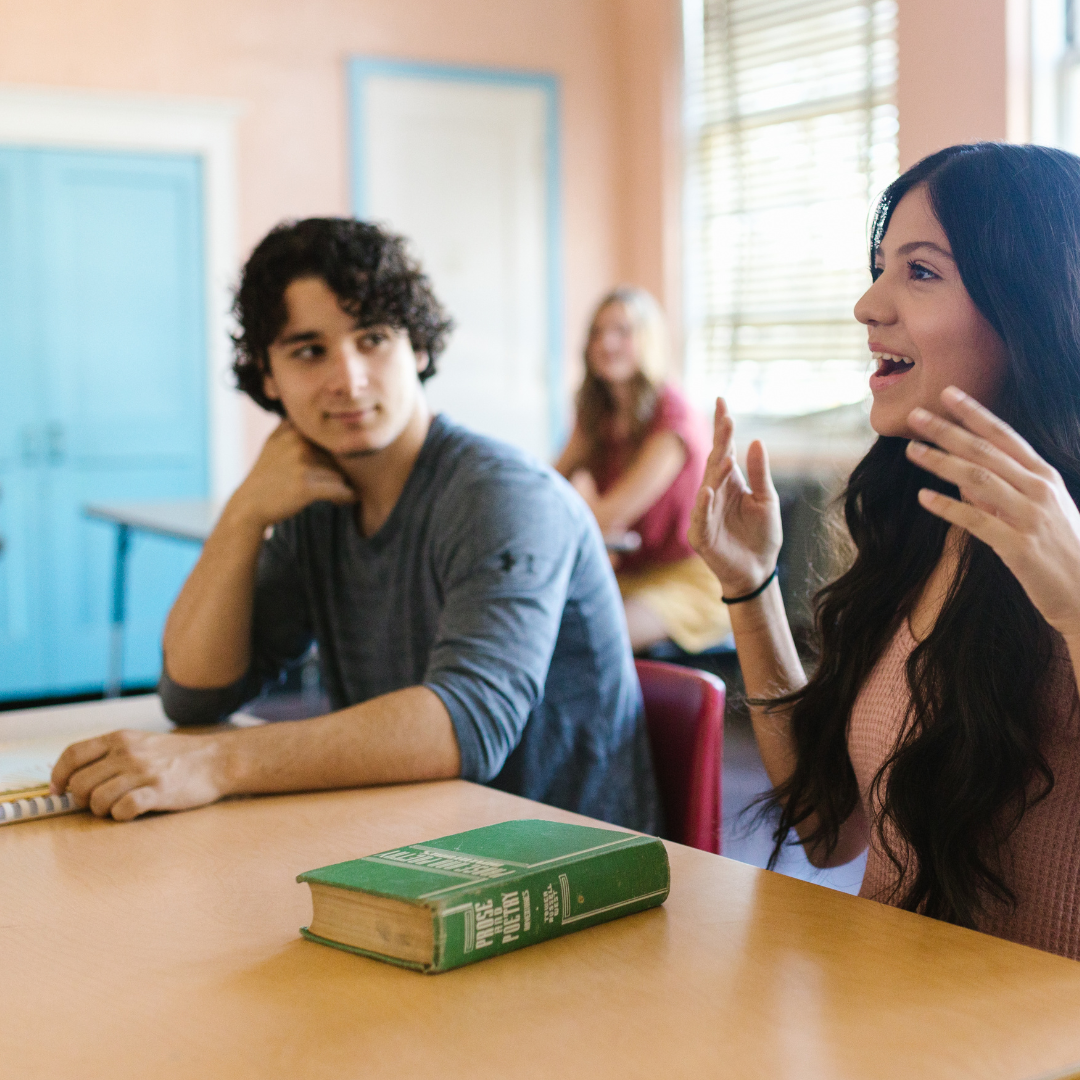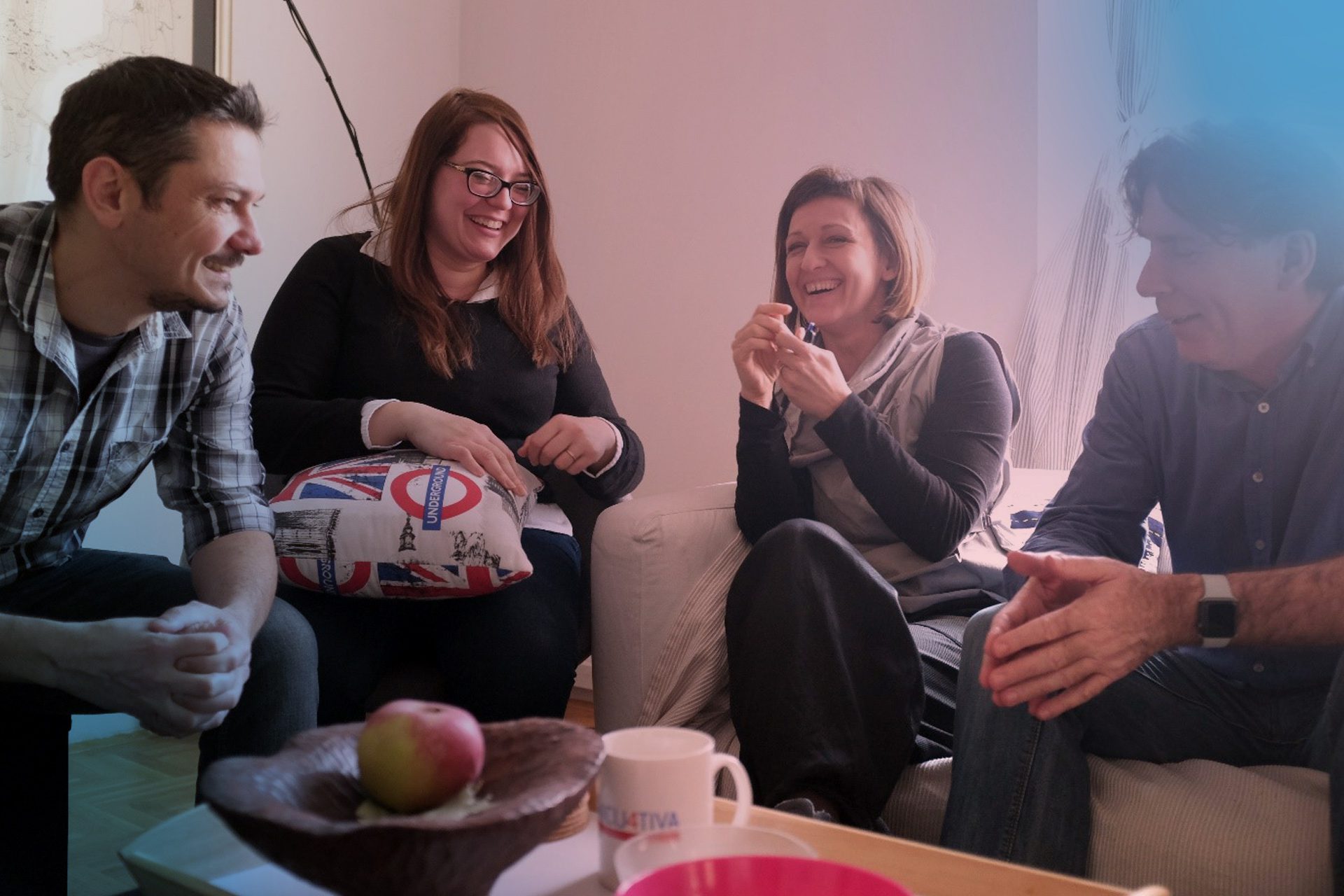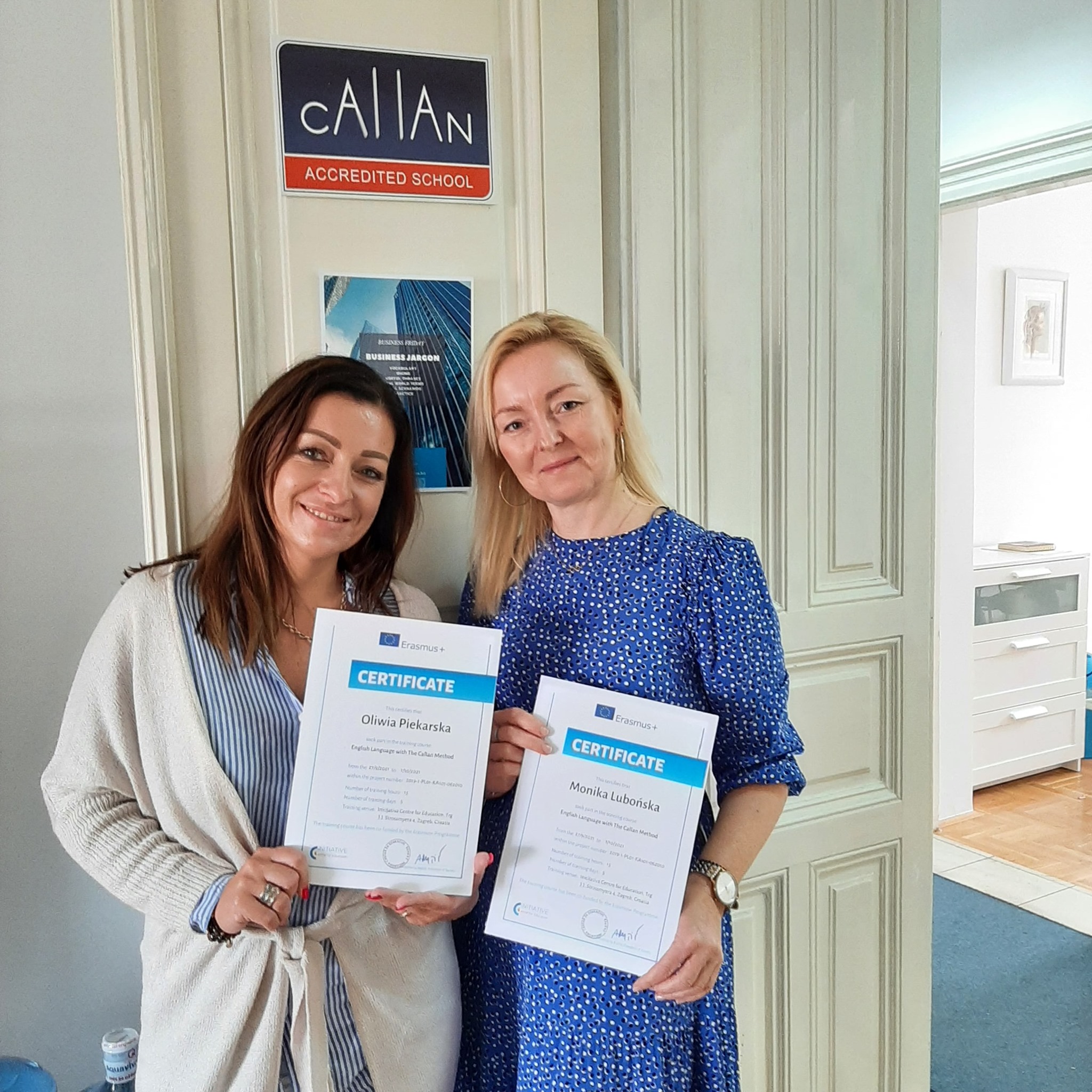In partnership with the European Senior Exchange project, we took part in a study visit to Kranj with our students from the 24th to the 28th of October.
The meeting was planned for socializing and learning, as well as the exchange of experiences of senior citizens who had the opportunity to participate in several activities.
The meeting was attended by over 30 elderly people from partner organizations of the Initiative, AGORA' - Laboratorio Terza EtàProtagonistaonlus, CDU Ljubljana and Human University Kranj, as well as the managers of the HIHTAST project.
When we arrived on Monday, we presented our organization and programs to our partners, and after the lunch break, socializing continued outdoors through a guided tour given by one of the participants of the People's University of Kranj. As a small town, Kranj offers a lot to its residents, and it is known as the most respected high school in all of Slovenia. Furthermore, there are gourmet delicacies, especially for meat lovers – most notably Carniola sausage and beer. One of Slovenia's most famous poets comes from Kranj, after whom the main square in Ljubljana is named; France Prešeren. The cultural and economic wealth of Kranj comes from the past when Kranj was one of the main industrial cities in Yugoslavia. The city centre is located in the old part, which still has ramparts and underground tunnels.
After a good hike and a very interesting review of history, we sat down to hot tea and rested before going to bed.
Human University of Kranj under the slogan "Learning for a better life" emphasizes intergenerational learning, encouraging cooperation and transferring knowledge and experience from older generations to younger ones, and vice versa. For the purpose of these activities, they also opened LUK - an intergenerational centre where all generations are welcome. The purpose of LUK is to bridge the lack of time and space for intergenerational learning, which used to happen spontaneously, but is today hindered by the modern way of life. On Thursday, we had the opportunity to see what LUK looks like and what activities can take place there. Among other things, there is a large kitchen intended for the transfer of culinary skills from generation to generation.

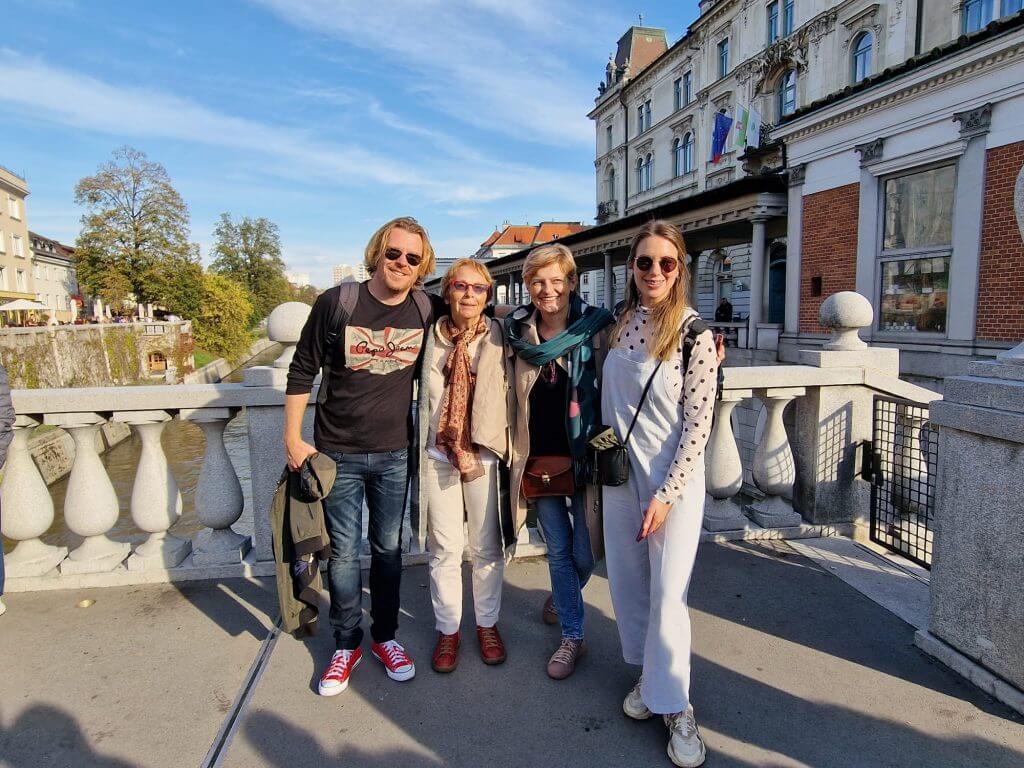


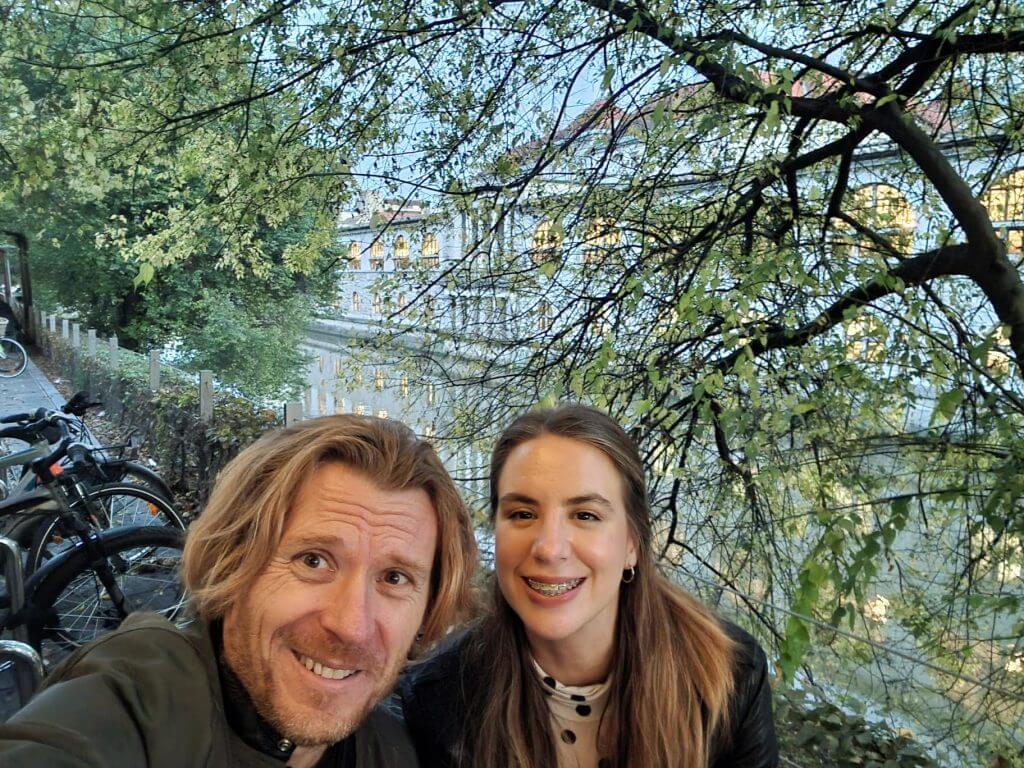


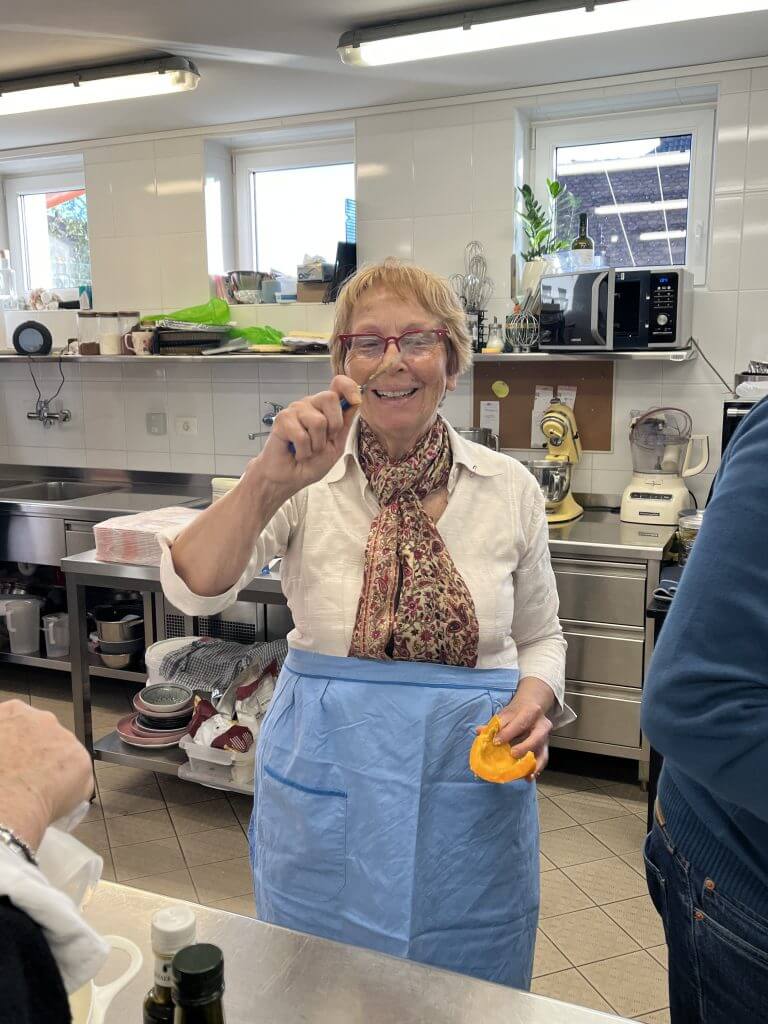
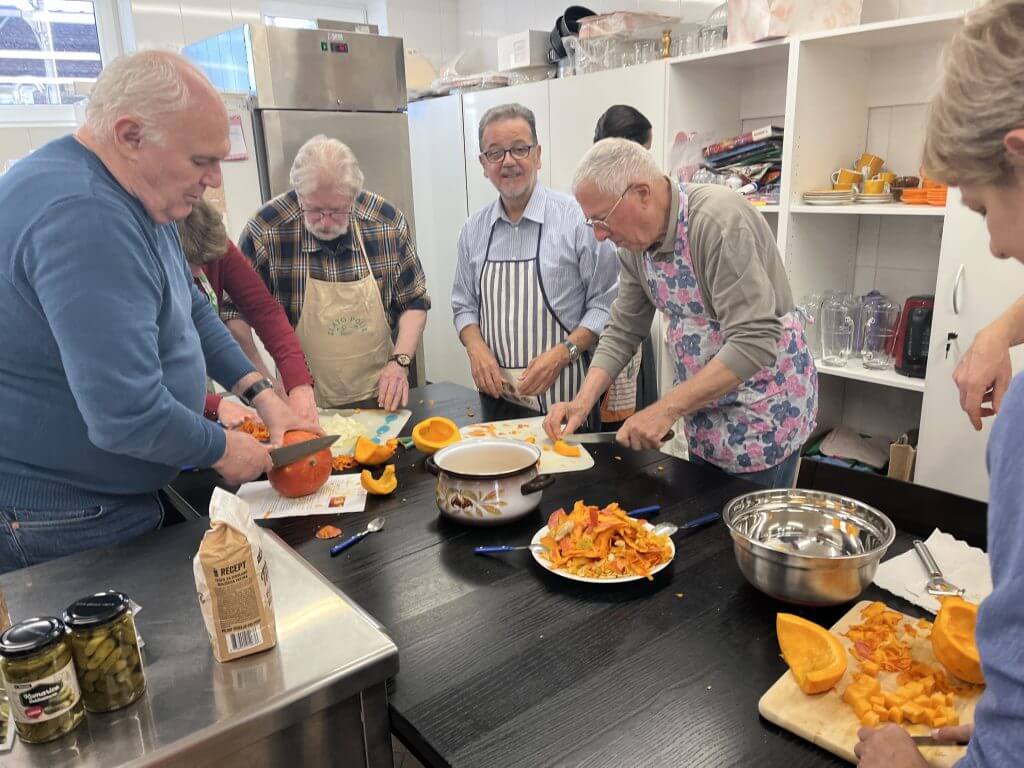
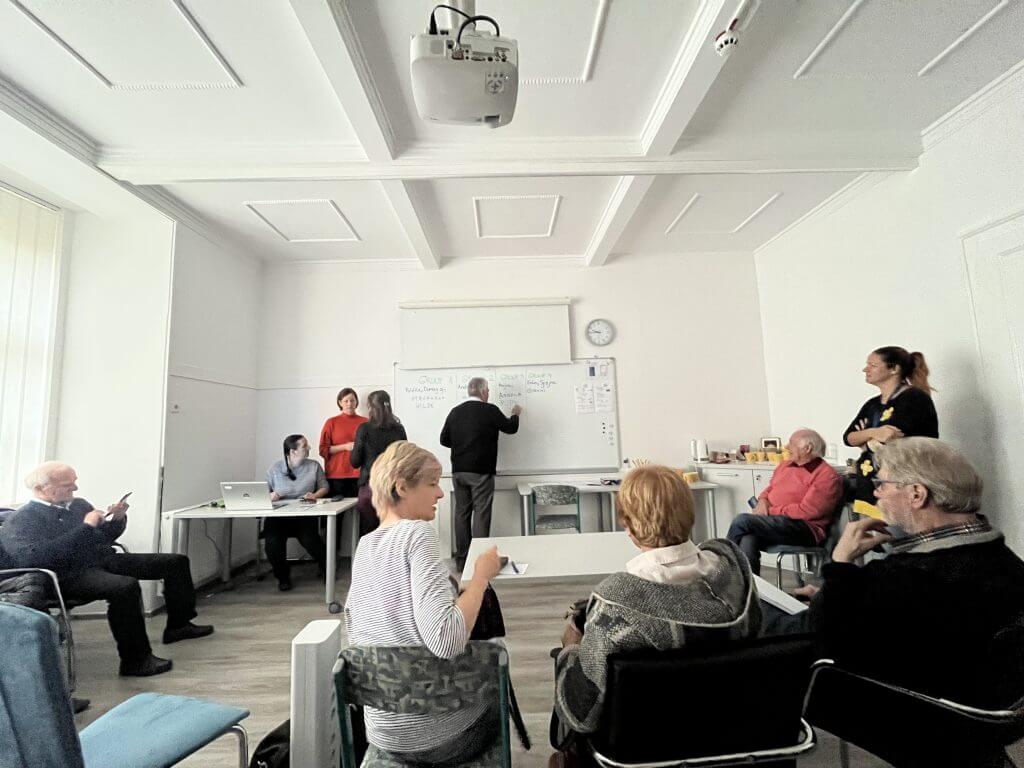


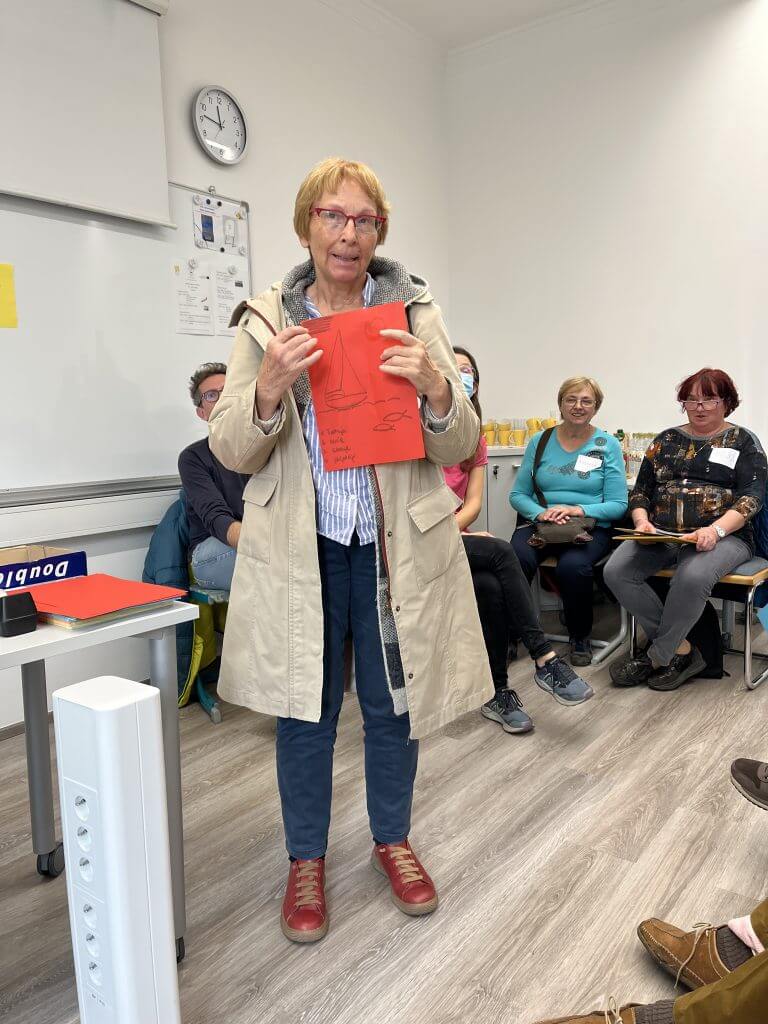
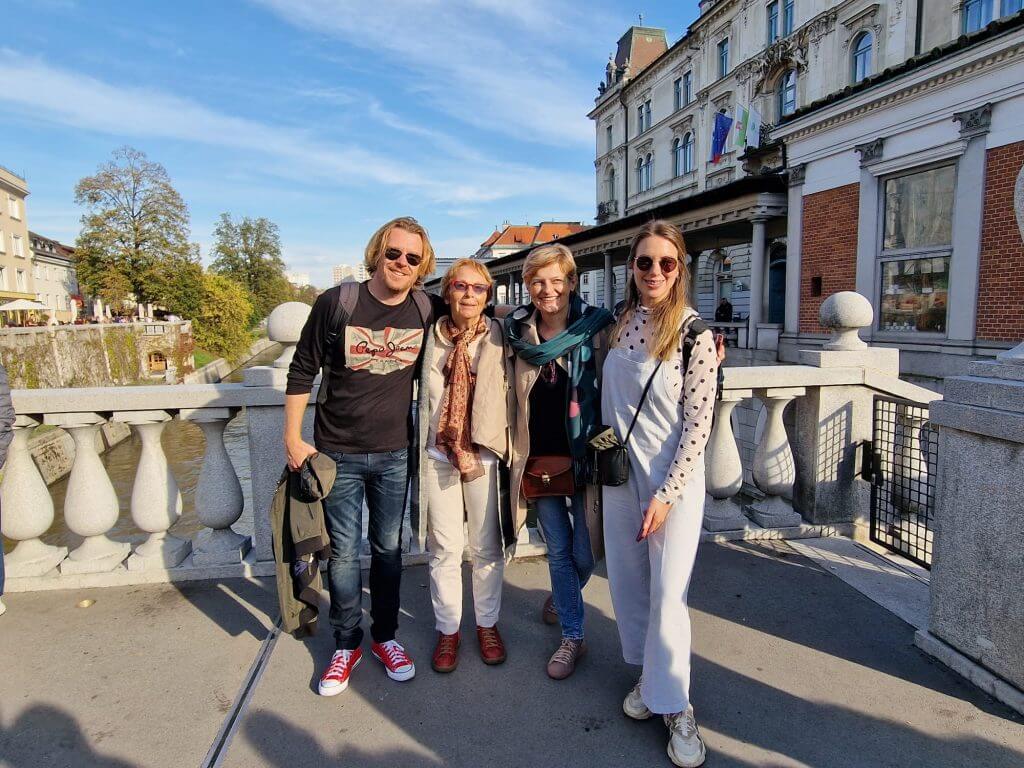
In order to enjoy a real Slovenian dinner, we all first put on our aprons and got our assignments. The preparation of food started with the collective cleaning of mud, while others started kneading the bread cake. The final result was a traditional soup with pumpkin and Carnivoran bread.
Throughout the dinner, socializing and singing, we were presented with traditional customs, costumes and songs from Kranj, and a special part of the evening was marked by an emotional speech by a participant from Belgium who emphasized the importance of European values, peace, and cooperation, especially in these areas.
On the last day, we finished with the evaluation and the final joint discussion of all participants.
A special thank you to Sjajna and Vesna, who were with us as the representatives of our students on this wonderful trip, and to teacher Domagoj, who always brightens up every gathering and trip with his energy!
See you again soon!
Jelena Posavec Smilović
